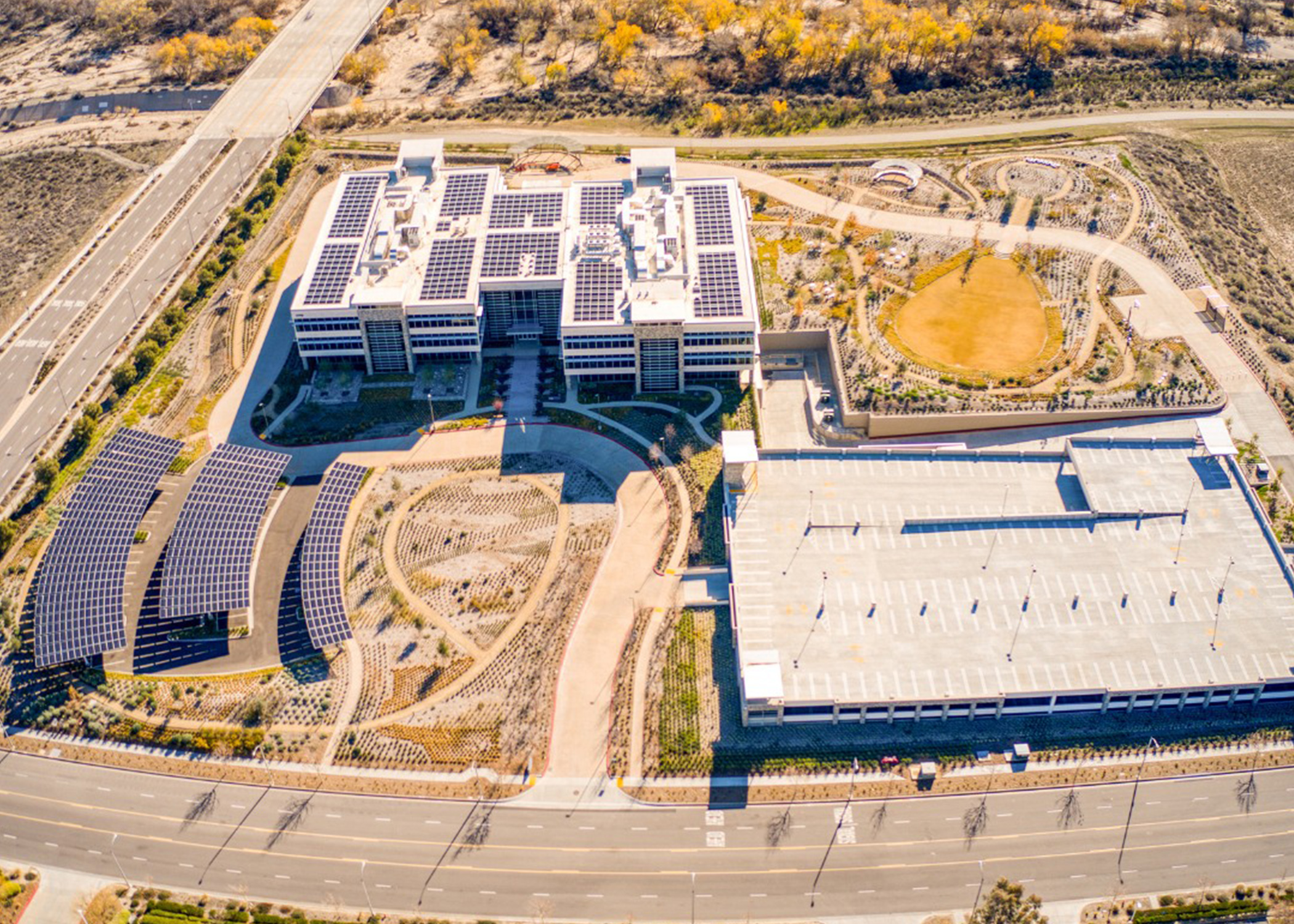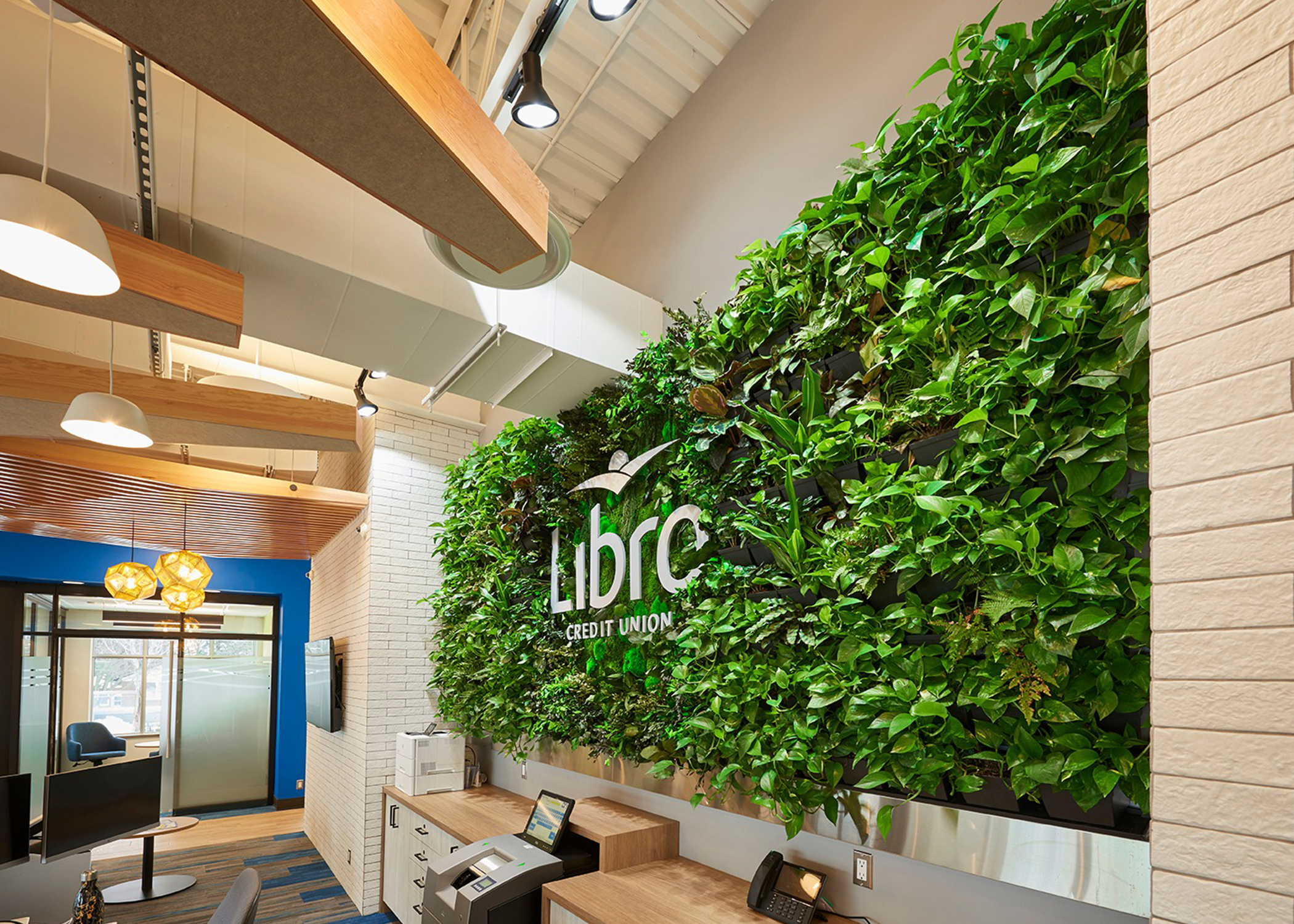As consumer awareness of environmental issues continues to expand, so does the demand for sustainable practices across all industries. In the retail sector, this shift in consumer concern has sparked a revolution in design philosophy, leading to the emergence of sustainable retail spaces that prioritize environmental values.
More than ever, consumers gravitate toward brands that demonstrate a genuine commitment to sustainability, from the products they sell to the design of their physical stores. The concept of sustainability is foundational to modern design philosophies and strategies for crafting retail spaces that meet the needs of modern consumers.

Design Principles of Sustainability
Incorporating sustainable design principles into retail spaces is essential for reducing environmental impact and meeting the expectations of environmentally conscious consumers. From the use of eco-friendly materials to the integration of cutting-edge technology, retailers have a unique opportunity to lead the way towards a greener, more sustainable future. Here are some key principles to consider:
Use of Eco-Friendly Materials: Choose materials that are renewable, recyclable, and non-toxic. Opt for sustainable options such as reclaimed wood, bamboo, cork, recycled metal, and low-VOC paints. By selecting eco-friendly materials, retailers can minimize their carbon footprint and promote responsible consumption.
Energy-Efficient Lighting: Implement energy-efficient lighting systems, such as LED lights, that consume less energy and have a longer lifespan compared to traditional lighting fixtures. Incorporate natural light wherever possible through skylights, windows, and glass doors to reduce reliance on artificial lighting during daylight hours.
Natural Ventilation: Design retail spaces with natural ventilation systems that promote airflow and reduce the need for mechanical ventilation. Utilize operable windows, louvers, and strategically placed vents to facilitate airflow and maintain indoor air quality while minimizing energy consumption.
Recycling Programs and Incentives: Implement recycling programs within retail spaces to encourage consumers and staff to recycle materials such as paper, cardboard, glass, plastic, and aluminum. Provide clearly labeled recycling bins and educate stakeholders about the importance of recycling and waste reduction.
Green Infrastructure: Incorporate green infrastructure elements, such as green roofs, living walls, and rain gardens, into retail spaces to mitigate stormwater runoff, reduce urban heat island effect, and improve air quality. These green features not only enhance the aesthetic appeal of retail environments but also provide ecological benefits to surrounding communities.
By embracing these sustainable design principles, retailers can create environmentally responsible retail spaces that not only attract eco-conscious consumers but also contribute to the preservation of natural resources and the mitigation of climate change.
Modern Technology Integration
Integrating cutting-edge technology into retail spaces can help you enhance the shopping experience. Here are some key strategies for technology integration in sustainable retail design:
Mobile Applications and Online Services: Develop mobile applications that offer convenient features such as mobile check deposits, account management, and appointment scheduling. Provide consumers with access to online services that enable them to browse product catalogs, place orders, and track deliveries from the comfort of their smartphones or tablets.
Smart Displays and Contactless Point of Sale: Deploy digital signage and smart displays to deliver dynamic content, promotional offers, and multimedia advertising in retail environments. Utilize digital signage to showcase sustainability initiatives, eco-friendly products, and educational content that raises awareness about environmental issues. Implement contactless payment systems, such as NFC-enabled payment terminals and mobile wallets, to provide consumers with a convenient and hygienic payment experience. Offer alternative payment methods that minimize physical contact and reduce the use of paper receipts and plastic cards.
Augmented Reality (AR) and Virtual Reality (VR): Incorporate AR and VR technologies to create immersive shopping experiences that allow customers to visualize products in real-world environments. Use AR applications to overlay digital information, such as product details and pricing, onto physical products, while VR simulations can transport customers to virtual showrooms and interactive product demonstrations.
By integrating these advanced technologies into sustainable retail design, retailers can create innovative shopping experiences that captivate consumers, drive sales, and demonstrate their commitment to sustainability and technological innovation. Additionally, technology integration enables retailers to collect valuable data insights, optimize operational efficiency, and adapt to changing consumer preferences in real-time.
Sustainability in Branding
In sustainable retail design, branding and storytelling play pivotal roles in shaping the consumer experience. A cohesive branding strategy ensures that every element of the retail space, from color schemes to visual aesthetics, aligns with the brand’s identity and ethos. By maintaining consistency across signage, packaging, digital displays, and promotional materials, retailers can create a unified and recognizable brand experience.
Through visuals, graphics, and displays, retailers can tell compelling stories about the sourcing, production, and lifecycle of sustainable products. These narratives highlight milestones, community partnerships, and customer success stories, fostering emotional connections with consumers.
Authenticity and transparency are paramount in sustainable storytelling. Retailers should openly share information about their ethical practices, responsible sourcing methods, and commitment to environmental stewardship. By acknowledging challenges and setbacks along the sustainability journey, brands demonstrate honesty and integrity, earning trust and loyalty from consumers.
Local art and culture add depth and authenticity to the retail experience. By showcasing the work of local artists and artisans, retailers celebrate the unique heritage and identity of the community. Collaborating with local craftsmen to incorporate handmade, artisanal products and sustainable materials into store design fosters a sense of pride and connection among residents.
Branding and storytelling are integral components of sustainable retail design, enabling retailers to communicate their values, engage consumers emotionally, and build meaningful connections with their target audience. Through authentic storytelling and community engagement, retailers can differentiate themselves in the market, foster brand loyalty, and drive positive social and environmental impact.

Find Your Strategy for Sustainability in Design
Sustainable retail design is not just a trend but a fundamental shift towards responsible consumption and environmental stewardship. By incorporating green materials, energy-efficient technology, and community-focused initiatives, retailers can create spaces that resonate with environmentally conscious consumers and drive positive social impact.
As consumers increasingly prioritize sustainability and ethical practices, retailers must seize the opportunity to differentiate themselves in the market and build lasting relationships with their consumers. Embracing sustainable design principles not only reduces environmental footprint but also enhances brand reputation, fosters consumer loyalty, and drives business growth.
NewGround specializes in crafting retail spaces that reflect our clients’ commitment to sustainability, innovation, and social responsibility. Our integrated approach combines strategic planning, creative design, and cutting-edge technology to deliver unique and impactful retail experiences.
Whether you’re looking to revitalize an existing retail space or embark on a new sustainability-focused project, our team of experts is here to help. Reach out to NewGround today to learn how we can collaborate to create sustainable retail spaces that inspire, engage, and leave a positive impact on both consumers and the planet. Let’s build a brighter, greener future together.